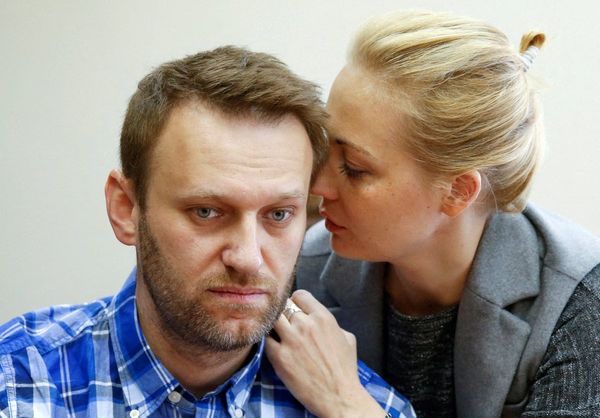An exhausted mother of four brought in her youngest child, not even 6 months old, to the doctor’s office where I was working for a barking, unending cough. The baby struggled to catch her breath and threw up her milk as she cried. Her test was positive for respiratory syncytial virus, and her mother, who was also now sick, wondered aloud about how she would be able to take time off from work.
When I lived in Missouri, I worked at a pediatric clinic, and such situations were not uncommon. Parents would bring their children to the clinic for RSV testing, often after a day care outbreak, and stay home from work or rely on other family members — if they were lucky — to care for their sick children. My experience at the clinic taught me that access to affordable child care is more than a concern for families — it is a public health issue that needs to be a bigger priority.
This winter, RSV, influenza and COVID-19 cases have plagued our hospitals in a “tripledemic” that only recently has started to decline. With 16% of families in Chicago having at least one child with asthma (compared with a 12% national average), the prevalence of RSV is especially concerning. RSV is a respiratory virus that most children encounter by the age of 2, but children with more severe RSV are at higher risk for developing childhood asthma as a result. Catching a serious respiratory infection can therefore have long-term ramifications on children’s health — and their parents’ livelihoods.
With day care closures and quarantine requirements, parents’ paychecks and productivity suffer. According to the U.S. Bureau of Labor Statistics, more than 100,000 people missed work due to child care problems in October. Adding the number of people missing work due to COVID-19-related illness, especially considering the removal of risk mitigation strategies, reveals an alarming worker crisis.
Low-income families have been disproportionately affected, with a higher percentage having less access to paid leave and facing more child care disruptions compared with their higher-income counterparts. Many of them have even lost their jobs due to not being able to balance in-person work and frequent infection-related day care closures.
With the three respiratory viruses spreading rapidly, day cares are requiring symptomatic children to stay at home for days, and without affordable alternatives for child care, their parents and guardians have to stay home with them. Child care is already expensive in Illinois. The average yearly cost for a young child is more than $10,000 and is nearly $14,000 for infant care. When a sick child stays home, most day cares do not offer families a refund. Without paid leave, parents lose money they cannot afford to lose, and when they get sick themselves, they often do not have an option other than to go in to work despite their ongoing illness.
I have friends and relatives who are unable to take time off and have gone into work despite being sick, infecting their co-workers. The same is likely happening in day cares, where regardless of the precautions staff may take, children congregate and spread infections.
We need to address this public health concern by restoring accessible child care in the United States and, in the meantime, by investing more time, money and resources to support parents and guardians. Tax credits, minimum wage policies and paid leave are initiatives that can ease the undue burden of inconsistent child care for families, according to a report released by the University of California, Berkeley in 2020, along with the more permanent solutions that can be implemented in the system itself.
Illinois offers a refundable earned income tax credit for families, and a bill that would require paid time off for workers sits on the governor’s desk. With the help of state or federal incentives, employers are willing to provide those benefits and subsidize child care expenses, since high-quality child care helps parent well-being and efficiency, and hence, the economy.
Restoring federally funded child care in the U.S. or increasing the availability of lower-cost home-based child care are just two possible long-term solutions to the dilemma. Home-based child care could provide an affordable alternative to day care for lower-income families, and there are programs for sick children that should be made more accessible. President Joe Biden’s Build Back Better Act and Massachusetts U.S. Sen. Elizabeth Warren’s Universal Child Care and Early Learning Act have attempted to bridge the child care gap in the recent past, but with their failure, it is clear we need more voices to elevate the discussion.
New policies and investments require additional funding and resources that can be difficult to acquire, but we need to prioritize child care to help parents return to the workforce knowing that their children are being cared for. This strategy not only helps the families directly affected but also the entire workforce as a whole.
In Illinois, we can start with offering parents paid leave to care for sick children at home and let our policymakers know we want long-term solutions for affordable child care. The child care system has been falling apart for years, and with this RSV-flu-COVID-19 tripledemic, we might have finally gotten the push we need to call for reform.







